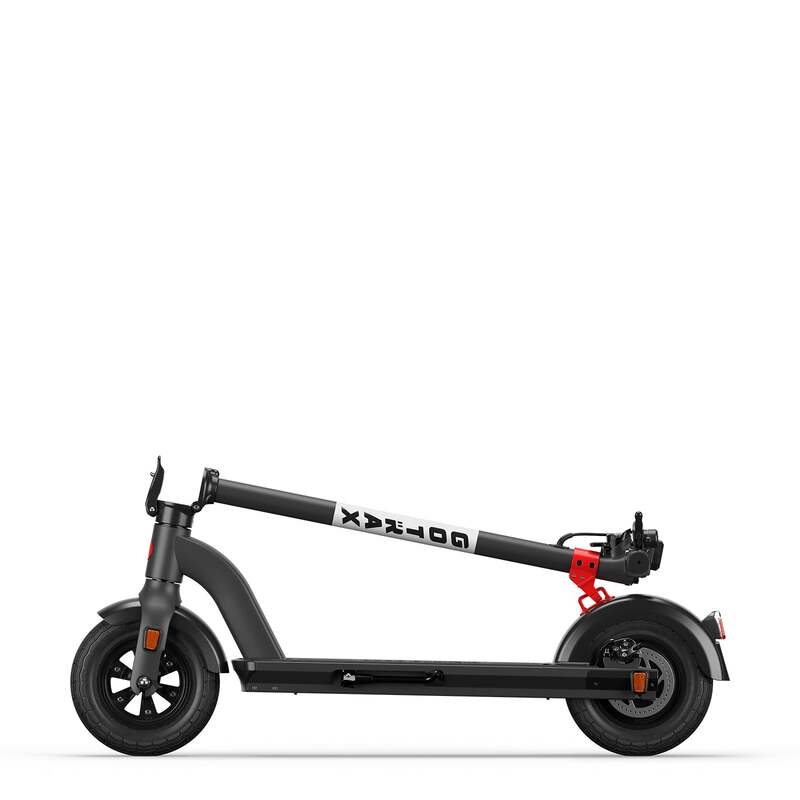I. Introduction
Electric scooters are a convenient mode of transportation for many urban commuters and recreational riders. However, encountering issues where the electric scooter won’t turn on or charge can be frustrating. Understanding the potential causes and solutions for these problems is crucial. Therefore, this guide aims to provide a comprehensive troubleshooting approach for electric scooters that won’t turn on or charge. By exploring common issues, battery checks, charger inspections, and additional troubleshooting tips, you can address these problems effectively.
A. Importance of electric scooters as a convenient and eco-friendly transportation option
Electric scooters have gained popularity as a sustainable and efficient mode of transportation. They offer a convenient and eco-friendly alternative to traditional modes of commuting, reducing air and noise pollution. Electric scooters provide flexibility, ease of use, and cost-effectiveness, making them an appealing choice for urban dwellers, commuters, and students.
B. Overview of common issues when electric scooters fail to turn on or charge
While electric scooters provide numerous benefits, they can encounter technical issues that prevent them from turning on or charging. It is essential to understand these common issues and their potential solutions to ensure the smooth operation of electric scooters and maximize their lifespan.
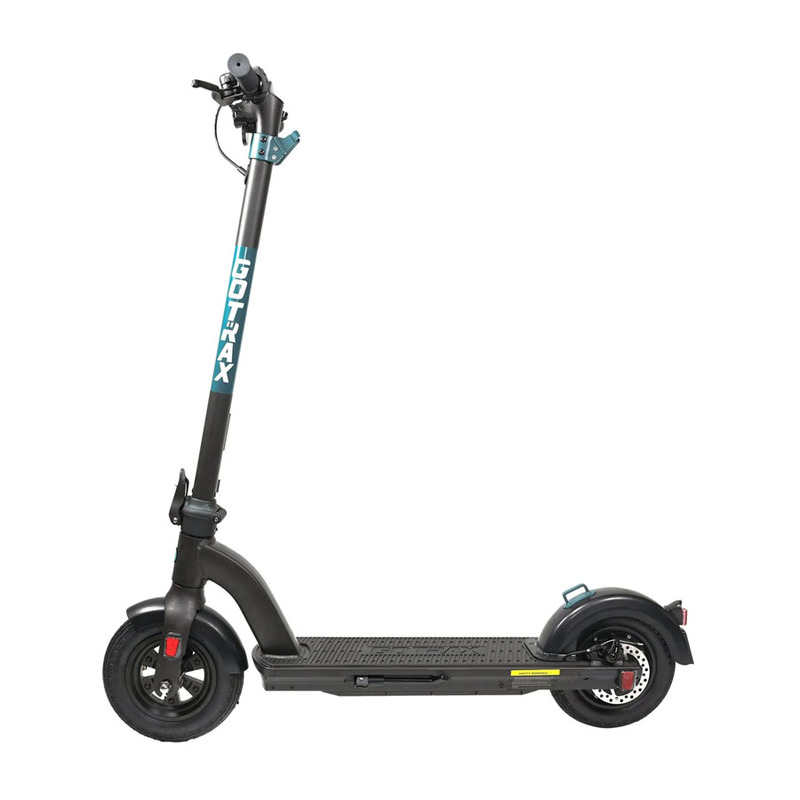
II. Possible Causes and Solutions for Electric Scooter Won’t Turn On
- Low battery charge
If an electric scooter fails to turn on, the most likely cause is a depleted battery. In this case, it is crucial to charge the battery fully before attempting to use the scooter again. Plug the charger into a power source and connect it securely to the scooter’s charging port. Allow the electric scooter to charge for the recommended duration to ensure a sufficient battery charge.
- Insufficient battery connection
Sometimes, the battery may not be properly connected, leading to power failure. Check the battery connections to ensure they are secure and properly attached. If loose connections are identified, reconnect the battery securely, taking care not to overtighten the connections.
B. Faulty power switch or wiring
A defective power switch or faulty wiring can prevent the electric scooter from turning on. Inspect the power switch for any signs of damage or malfunction and consider replacing it if necessary. Similarly, check the wiring connections for potential issues such as loose or damaged wires. If visual examination reveals wiring problems, consult a professional technician for repairs or replacements.
C. Motor or controller problems
In some cases, problems with the motor or controller can cause the electric scooter to fail to turn on. If the scooter has recently encountered a water-related incident or impact, it may have damaged these components. In such situations, it is advisable to seek professional assistance from an authorized technician who can diagnose and repair motor or controller issues.
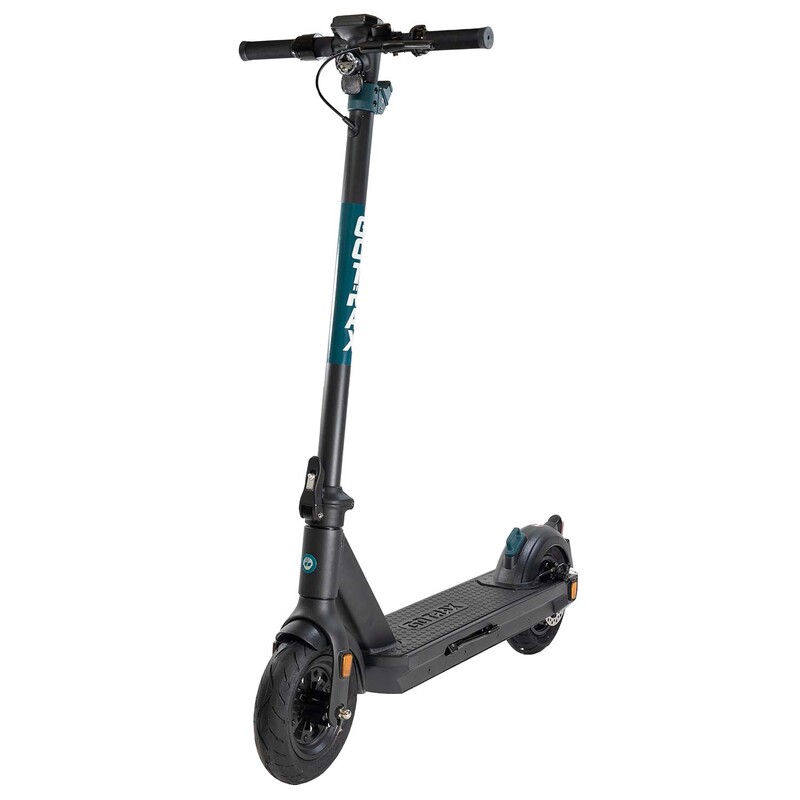
III. Possible Causes and Solutions for Electric Scooter Won’t Charge
A. Charging port or cable issues
- Loose or broken charging port
The charging port on your electric scooter may become loose over time due to repeated use or physical damage. A loose charging port can result in a poor connection, preventing the scooter from charging properly. To fix this issue, carefully inspect the charging port for any loose or bent pins. If necessary, use a small tool to carefully realign the pins or tighten any screws holding the charging port in place.
- Damaged or faulty charging cable
The charging cable is another component that can cause charging issues. Examine the charging cable for any signs of wear and tear, such as frayed wires or damage to the connector. If the cable is damaged, it may not provide a consistent flow of electricity to charge the scooter. In this case, replace the charging cable with a new one that is compatible with your electric scooter model.
B. Battery issues
- Over-discharged battery
If an electric scooter’s battery is over-discharged, it may fail to charge. This can happen if the battery is completely drained and left in a discharged state for an extended period. To resolve this issue, try jump-starting the battery by connecting it to a power source with the appropriate voltage using jumper cables. Leave the battery connected for a few minutes to allow it to regain a minimal charge. Once the battery has enough power, connect it to the charger and let electric scooter charger stays green.
- Damaged or dead battery
In some cases, the issue may lie with the battery itself. If the electric scooter battery is damaged, it may not be able to hold a charge properly. Additionally, if the battery is beyond its lifespan, it may need to be replaced. To determine if this is the cause of the charging problem, consult the manufacturer’s guidelines or seek professional assistance to test the battery’s voltage and performance.
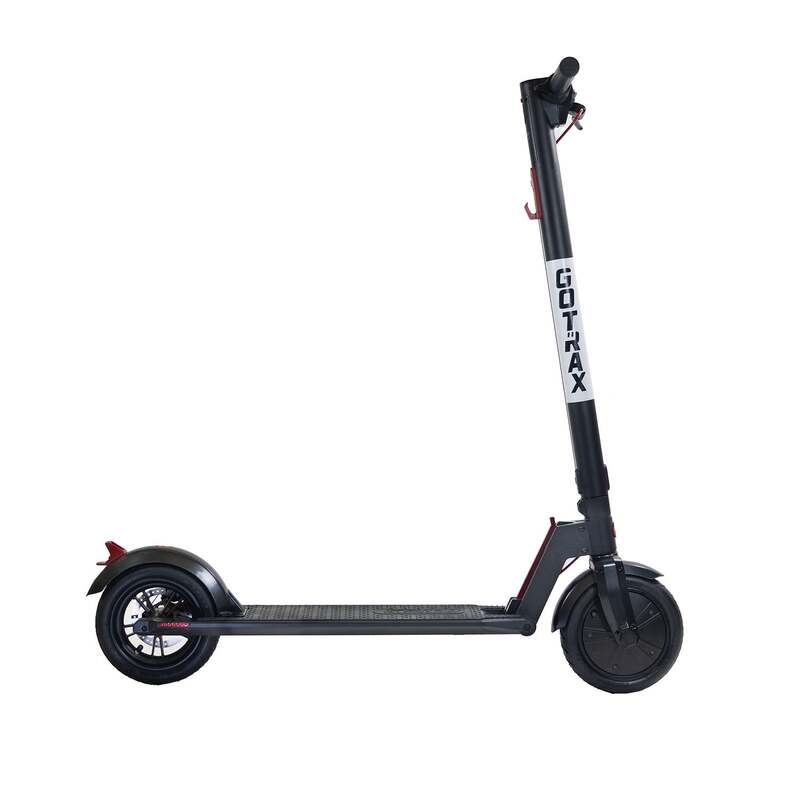
C. Charger problems
- Malfunctioning charger
A malfunctioning charger is another common culprit when an electric scooter fails to charge. Inspect the charger for any noticeable physical damage or loose connections. Test the charger with a different electric scooter, if possible, to determine if it is the cause of the issue. If the charger is indeed faulty, replace it with a compatible charger recommended by the scooter’s manufacturer.
- Incompatible charger
Using an incompatible charger can also prevent an electric scooter from charging. It is crucial to use the charger that is specifically designed for your scooter model and matches the voltage and current requirements. Using a charger with incorrect specifications can potentially damage the battery or other electrical components. Consult the user manual or contact the manufacturer if you are unsure about the compatibility of the charger.
IV. Additional Troubleshooting Steps
A. Performing a reset or power cycle
Sometimes, a simple reset or power cycle can resolve charging issues. Disconnect the charger from the electric scooter and remove the battery, if possible. Hold down the power button for around 10 to 15 seconds to discharge any residual power. Reconnect the battery and plug in the charger, then attempt to charge the scooter again.
B. Checking for loose connections or damaged components
Ensure that all connections on the electric scooter are secure and free from debris or corrosion. Inspect the wiring and connectors for any signs of damage, such as frayed wires or loose connections. If any components appear to be damaged, consult the manufacturer or a professional technician for repairs or replacements.
C. Seeking professional assistance if necessary
If none of the above methods solve the charging problem, it may be time to seek professional assistance. Consult the manufacturer’s customer support, contact an authorized service center, or seek the help of a qualified technician who specializes in electric scooters. They will have the expertise and tools needed to diagnose and fix complex charging issues.
In conclusion, troubleshooting and resolving electric scooter charging problems involve investigating potential issues with the charging port, cable, battery, and charger. It is essential to check for loose connections, damaged components, and compatibility with the charger. Performing a reset or power cycle can help resolve minor issues. If all else fails, seeking professional assistance is the recommended course of action to ensure accurate diagnosis and precise repairs for your electric scooter.
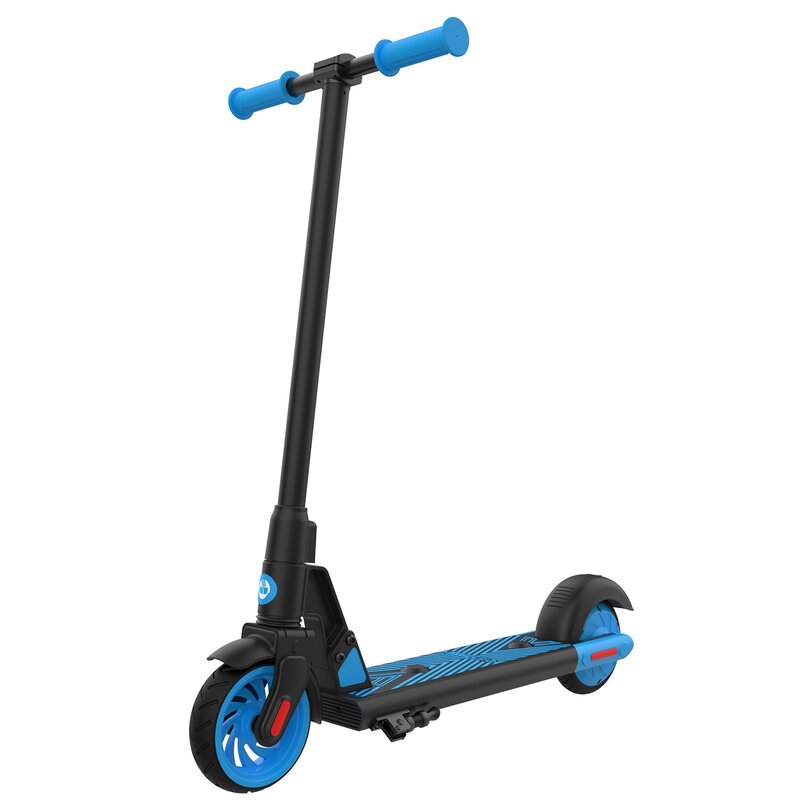
VI. Inspecting Power Switch and Connections
Beyond the battery and charger, issues with the power switch and electrical connections can prevent the scooter from turning on or charging. Therefore, exploring these areas is necessary.
Power Switch Examination
Inspect the power switch for any signs of damage or malfunction. Sometimes, the switch itself may be faulty, preventing the scooter from powering on. Clean the switch area to remove any dirt or debris that might be obstructing it. Test the power switch using a multimeter to check for continuity. If the multimeter does not register a reading, consider replacing the power switch. Therefore, understanding the importance of the power switch examination ensures a thorough troubleshooting process.
Electrical Connections
Loose or corroded electrical connections can prevent the scooter from turning on or charging. Inspect the wiring and connectors for any signs of wear or corrosion. Gently wiggle the connectors to ensure they are securely attached. Clean any corroded connectors with a contact cleaner and ensure they are tightened properly. Additionally, inspect the fuse, if applicable, to ensure it is not blown. Replacing a blown fuse can resolve the issue. Therefore, recognizing the role of electrical connections in scooter functionality is crucial for effective troubleshooting.
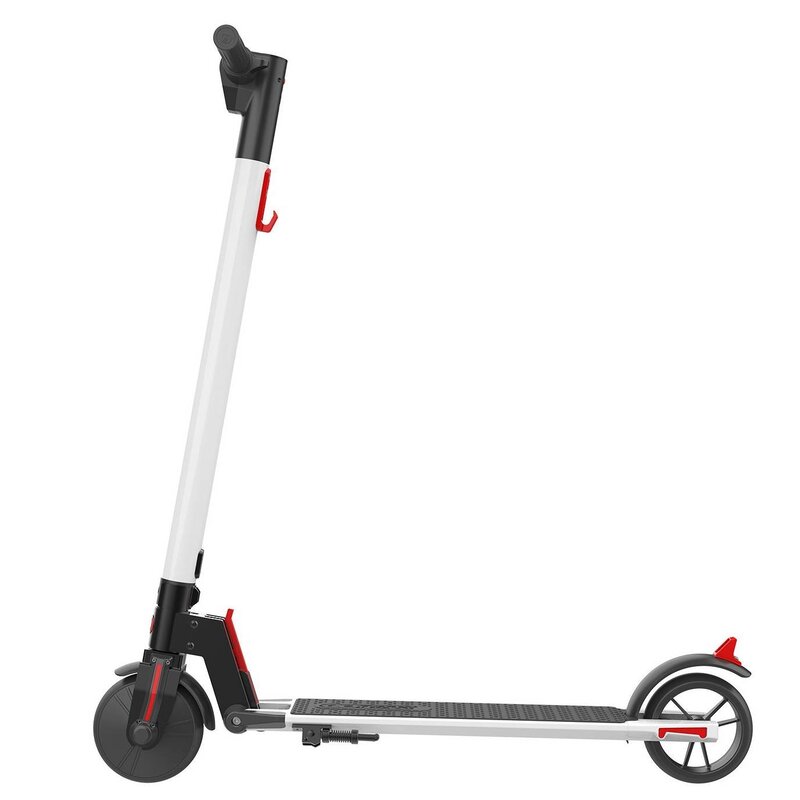
Conclusion
Understanding why your electric scooter won’t turn on or charge involves exploring common issues, battery and charger troubleshooting, and additional tips. Proper knowledge of these aspects ensures you can diagnose and address the problem effectively.
Exploring elements like battery concerns, charger inspections, voltage checks, and power switch examinations provides valuable insights. Recognizing the importance of electrical connections and the role of software updates further enhances your understanding.
By engaging with these elements, scooter owners can effectively troubleshoot and resolve issues preventing their electric scooters from powering on or charging. Therefore, whether you use it for commuting or recreation, understanding these troubleshooting techniques offers practical and valuable insights. Embrace the opportunity to maintain your electric scooter, knowing you have the knowledge and resources to maximize its performance and reliability in 2024!
